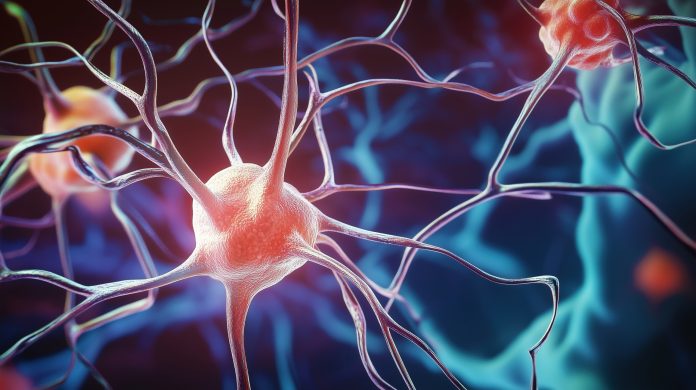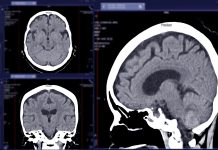UCSF researchers found early immune signs of multiple sclerosis years before symptoms, a discovery that could transform diagnosis and care
A new UCSF study suggests multiple sclerosis (MS) could begin damaging the brain long before symptoms appear. Researchers discovered early immune system changes and key proteins in blood samples that signal MS activity years in advance, a finding that could revolutionise early diagnosis and open doors to preventive treatment.
The study’s findings, published in Nature Medicine, are of significant importance in the field of MS research.
The clearest picture of how MS attacks the body
Multiple sclerosis (MS) is a chronic disease that affects the central nervous system, including the brain and spinal cord. In MS, the immune system mistakenly attacks the protective covering of nerve fibres, called myelin, disrupting communication between the brain and the rest of the body. This can lead to a wide range of symptoms, including fatigue, numbness, difficulty walking, and vision problems. The severity and progression of MS vary from person to person, making early diagnosis and treatment crucial for managing the disease.
Scientists at UC San Francisco analysed thousands of proteins found in the blood, creating the clearest picture yet of when the disease attacks the myelin sheath that covers the nerve fibres. It highlighted that the immune system begins attacking the brain earlier than previously thought.
The study measured debris from these attacks in a person’s blood, along with the signals that coordinate the immune system to go on the attack. For the first time, the sequence of events that eventually led to MS has been outlined.
MS first attacks the fatty myelin sheath, and then, a year later, it’s possible to see the breakdown of nerve fibres themselves. During the team’s investigation, one protein stood out, called IL-3, which plays a vital role during the early phases of MS when the central nervous system is suffering from significant damage, before the patient knows.
“We believe our work paves the way for numerous opportunities in diagnosing, monitoring, and potentially treating MS,” said Ahmed Abdelhak, MD, assistant professor of Neurology at UCSF, and the first and co-lead author of the paper. This research offers a glimmer of hope, suggesting that it could potentially prevent MS or at least use our understanding to protect people from further injury.
Does MS start seven years before diagnosis?
The researchers analysed over 5000 proteins in blood samples from 134 people with MS, both before and after their diagnosis. Seven years before a person’s diagnosis, they saw a spike in a protein called MOG (myelin oligodendrocyte glycoprotein). This protein indicates a spike in another protein called neurofilament light chain, which indicates damage to the axonal cytoskeleton itself. During this time, IL-3 and some related proteins appeared in the blood.
Ari Green, MD, chief of the Division of Neuroimmunology and Glial Biology in the UCSF Department of Neurology and senior author of the paper, said the study offers the hope of prevention, and it gives a deeper understanding of what leads to the development of symptoms in MS.
“We now know that MS starts way earlier than the clinical onset, creating the real possibility that we could someday prevent MS — or at least use our understanding to protect people from further injury.”








